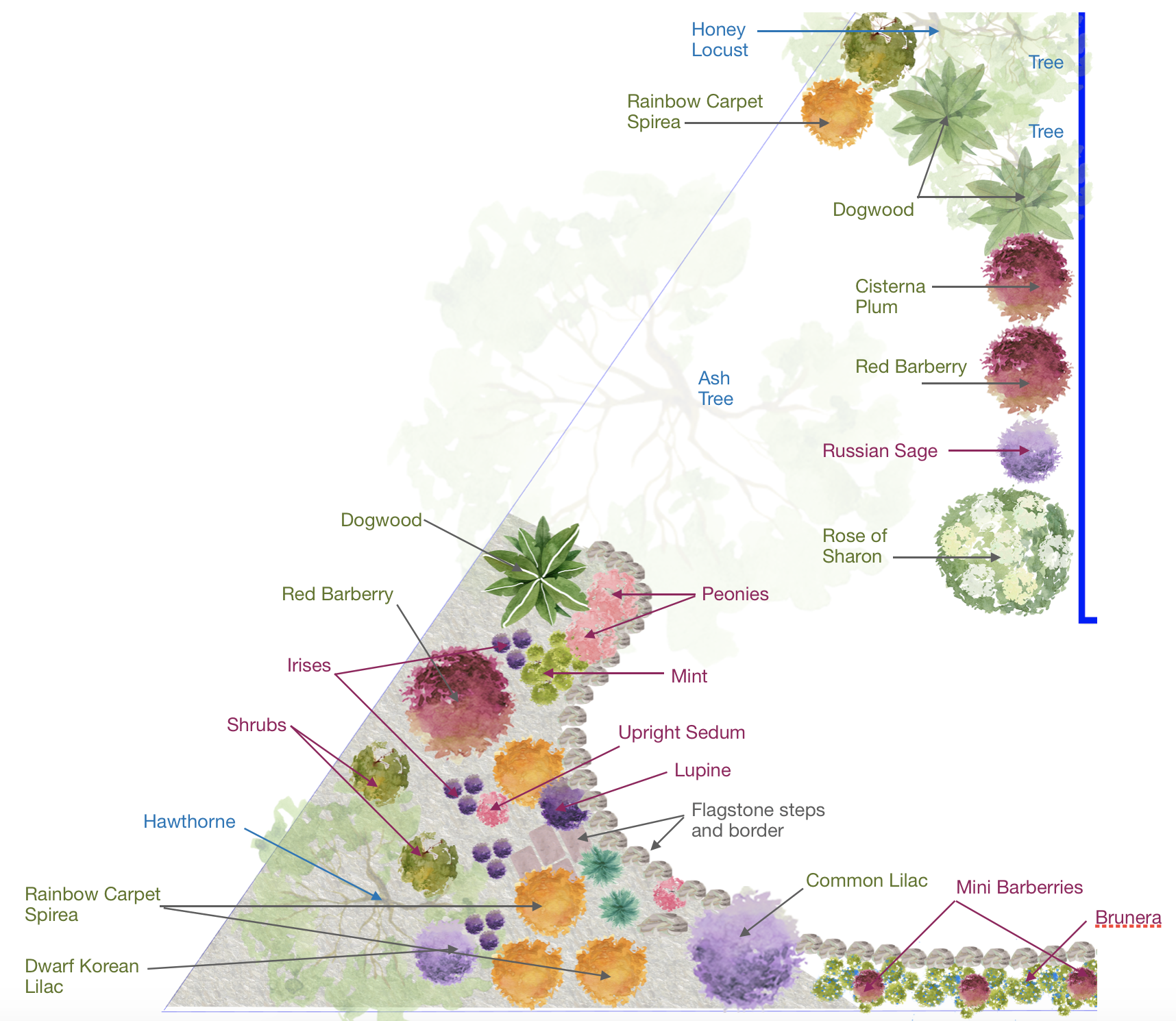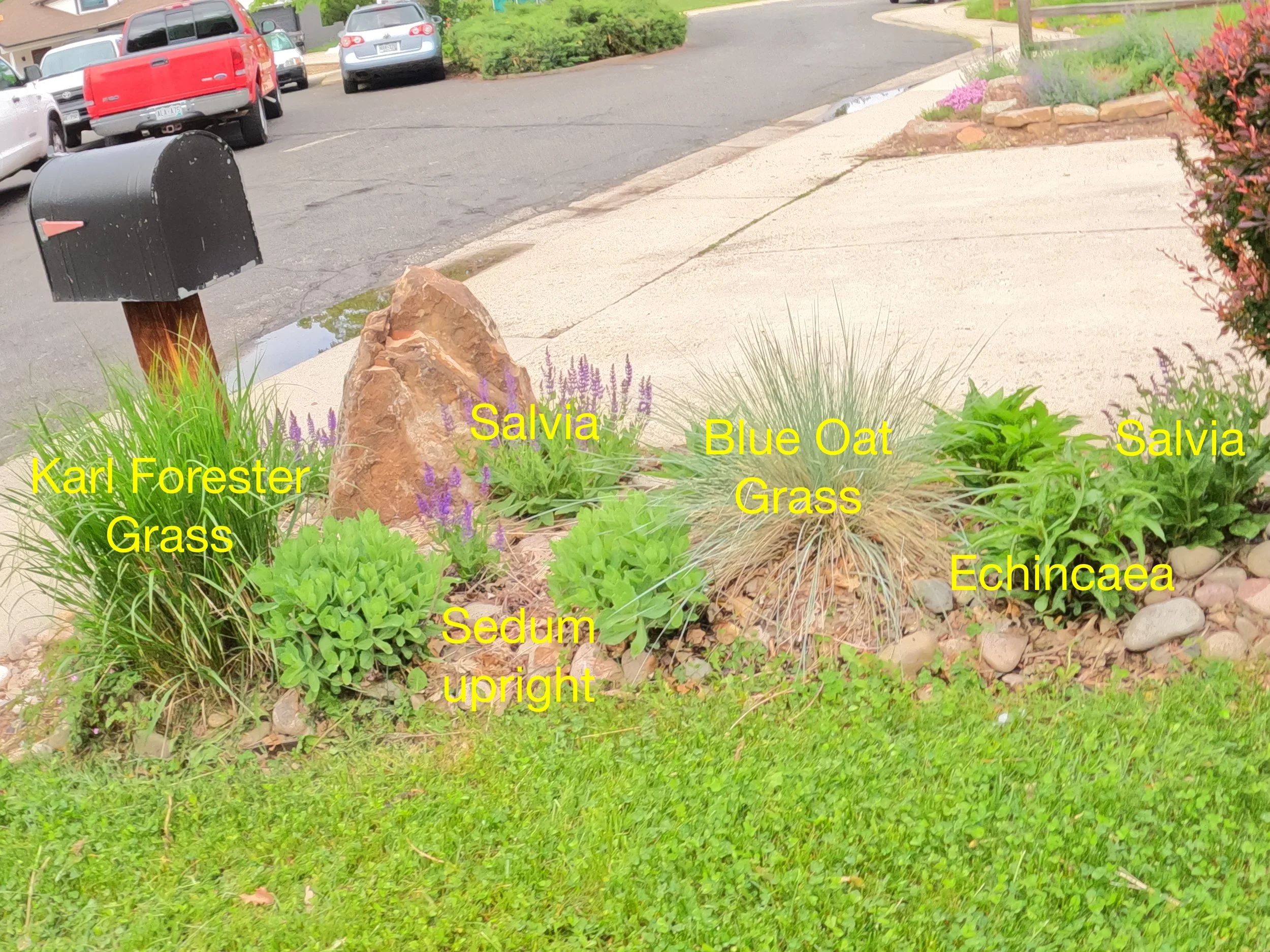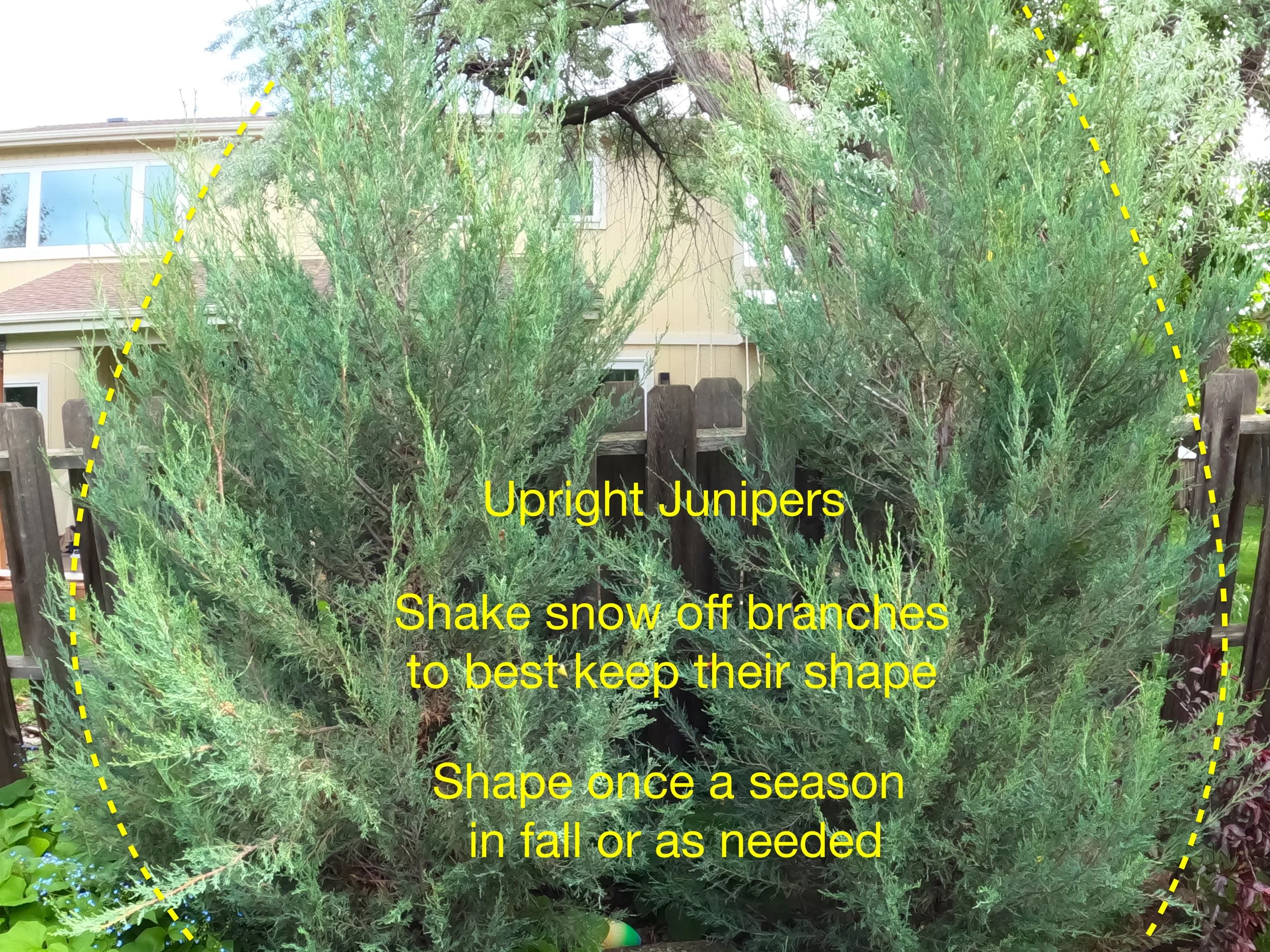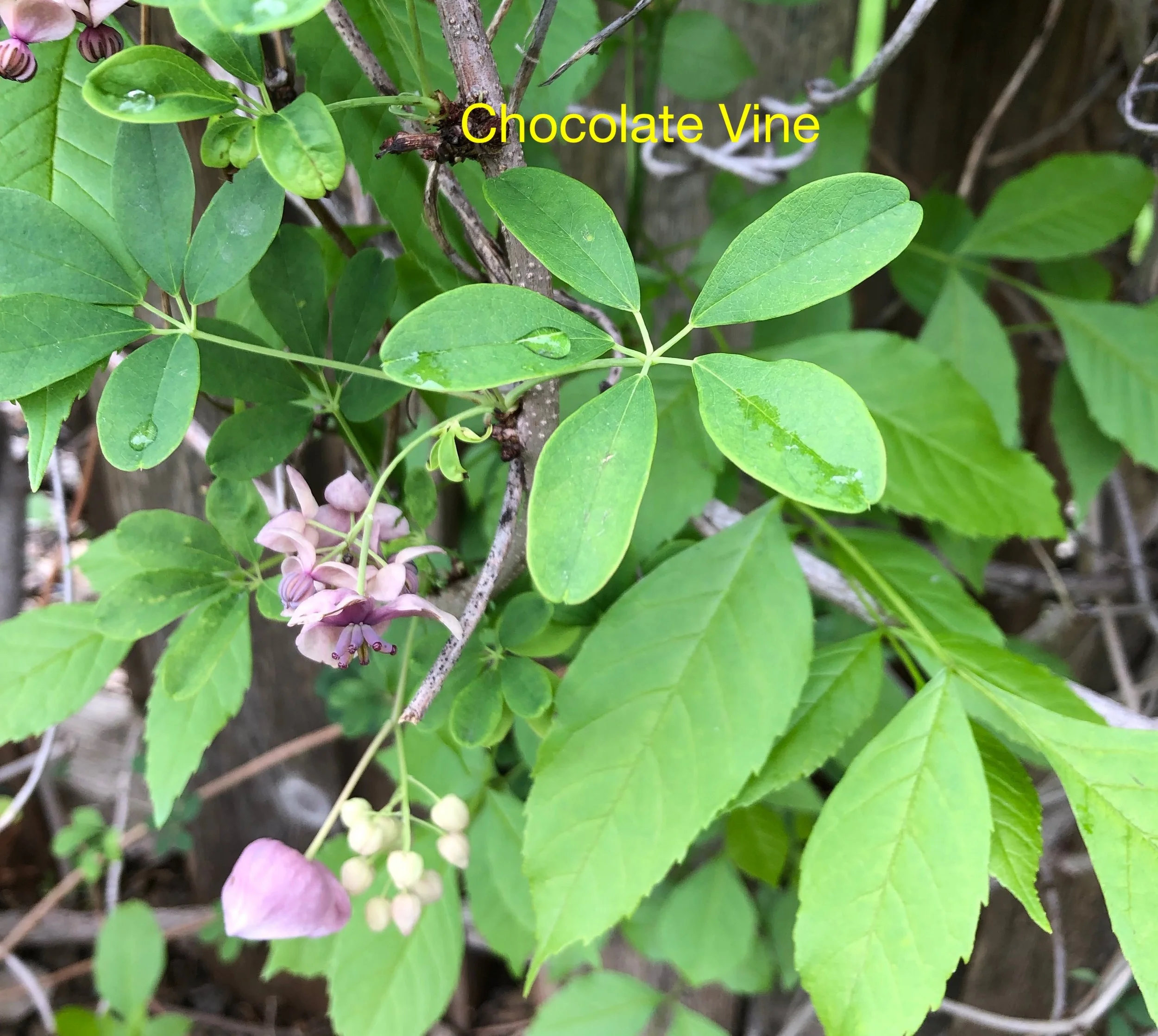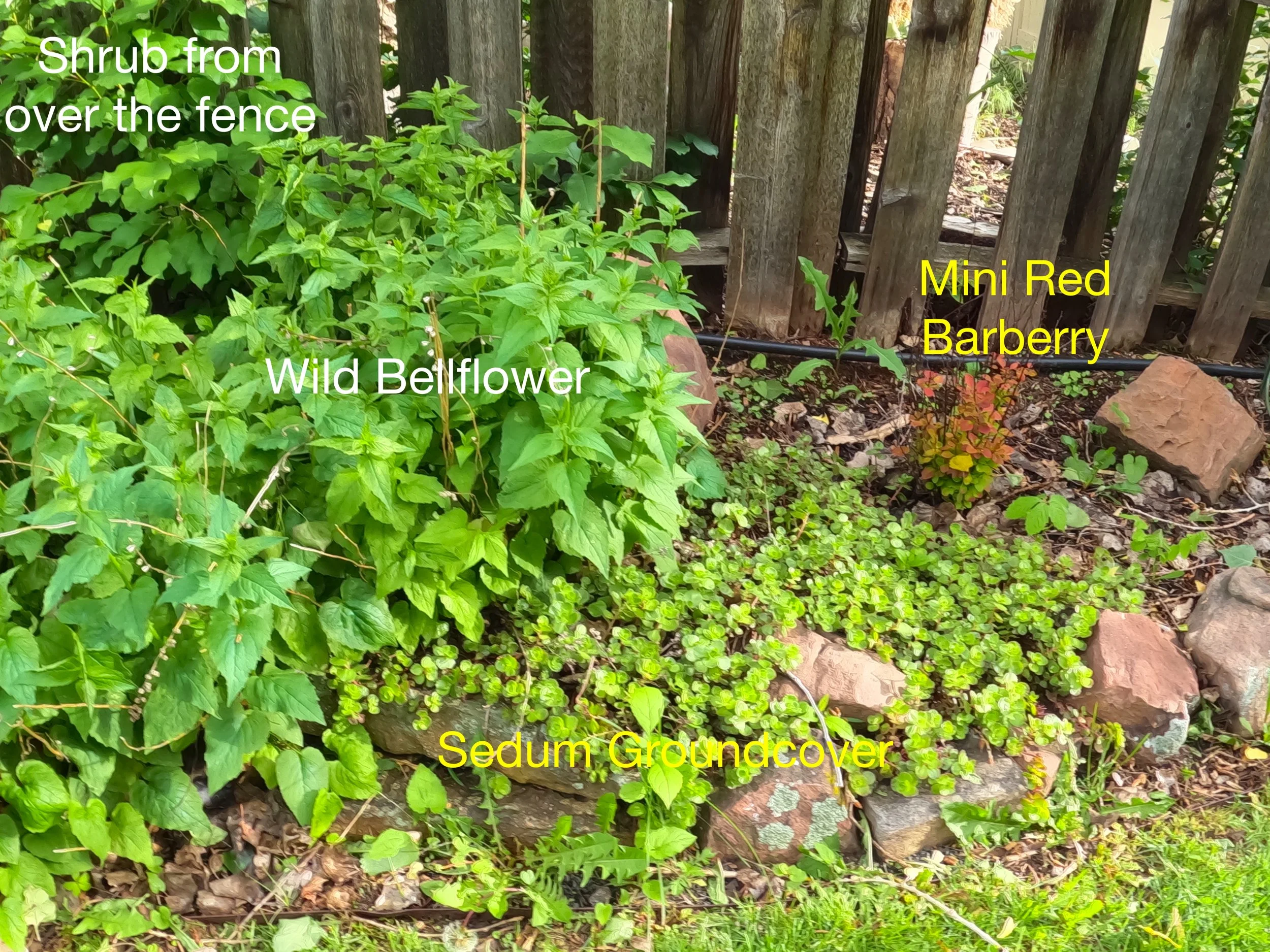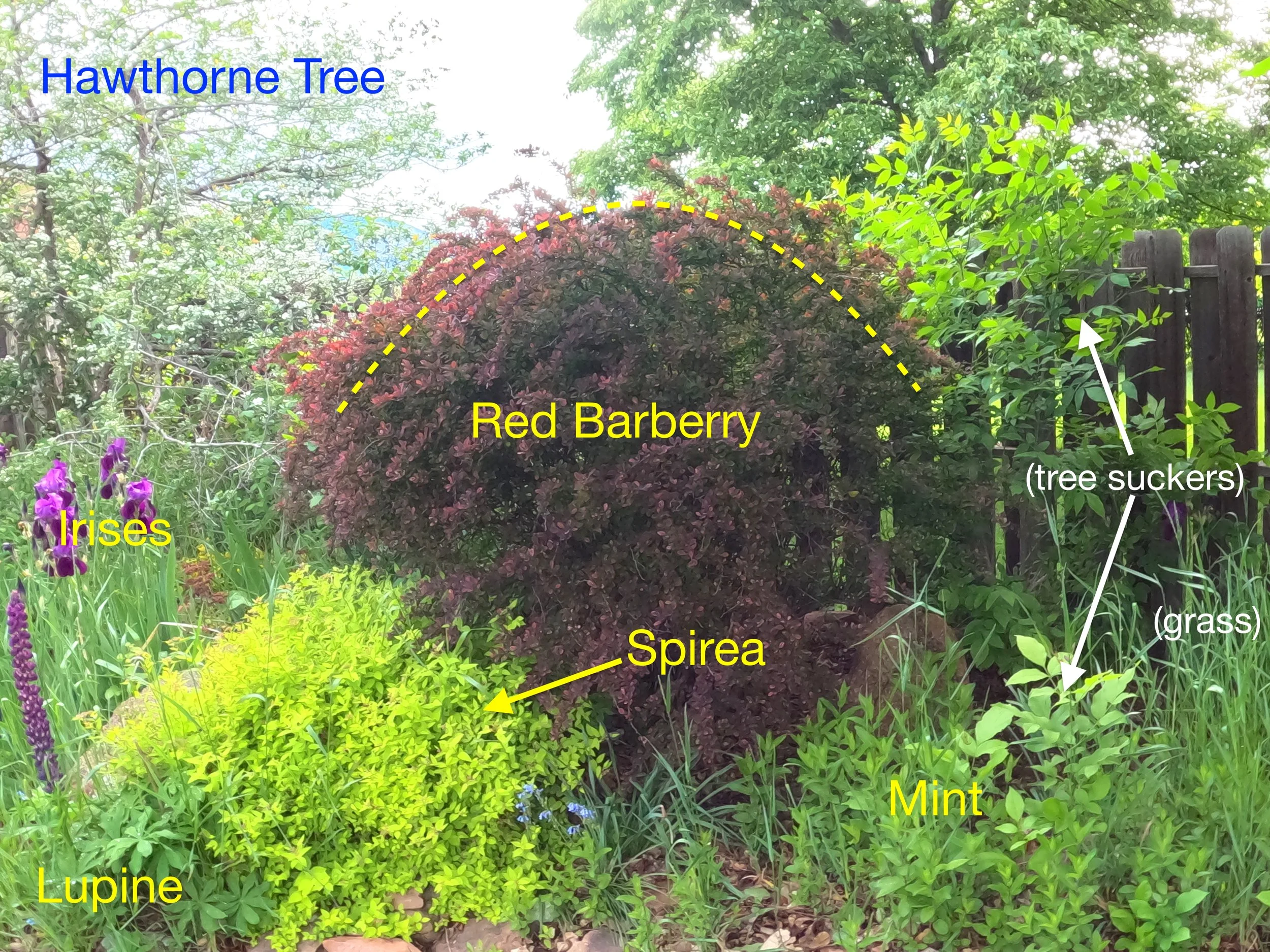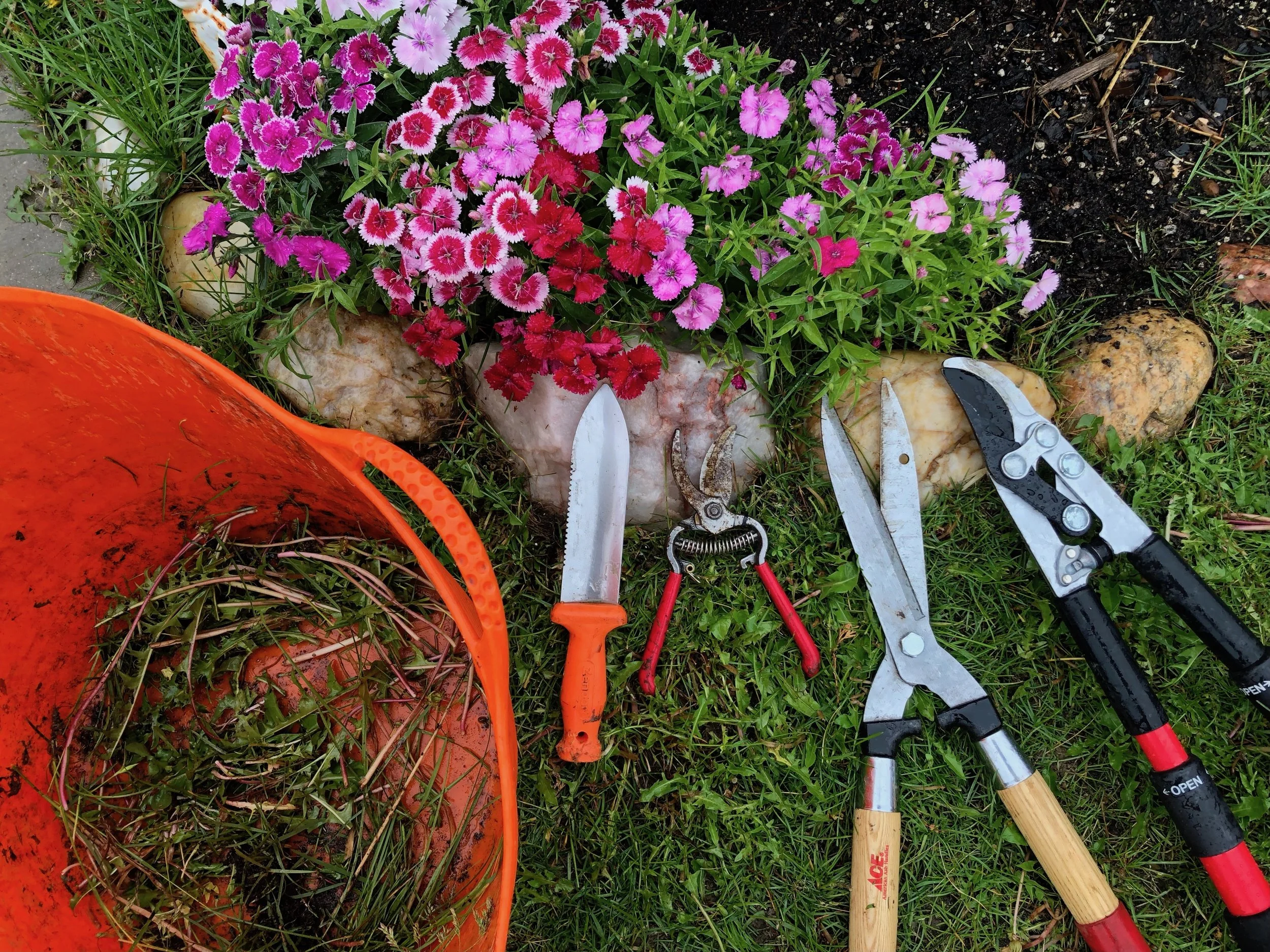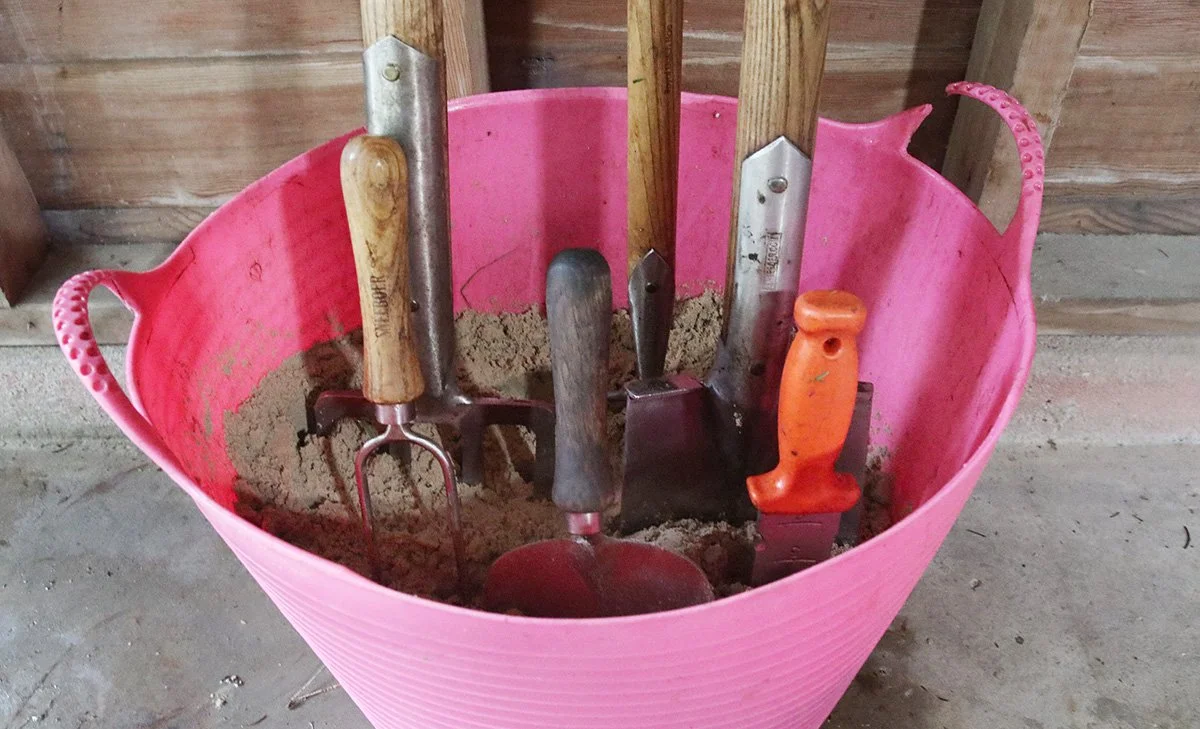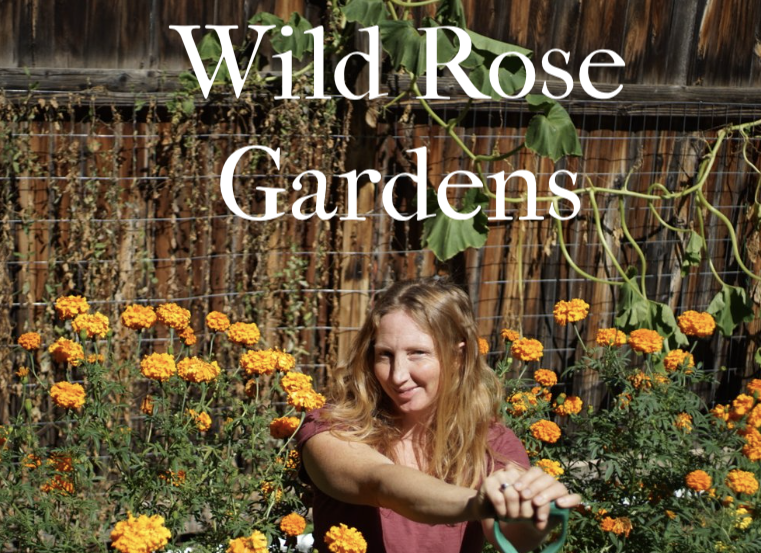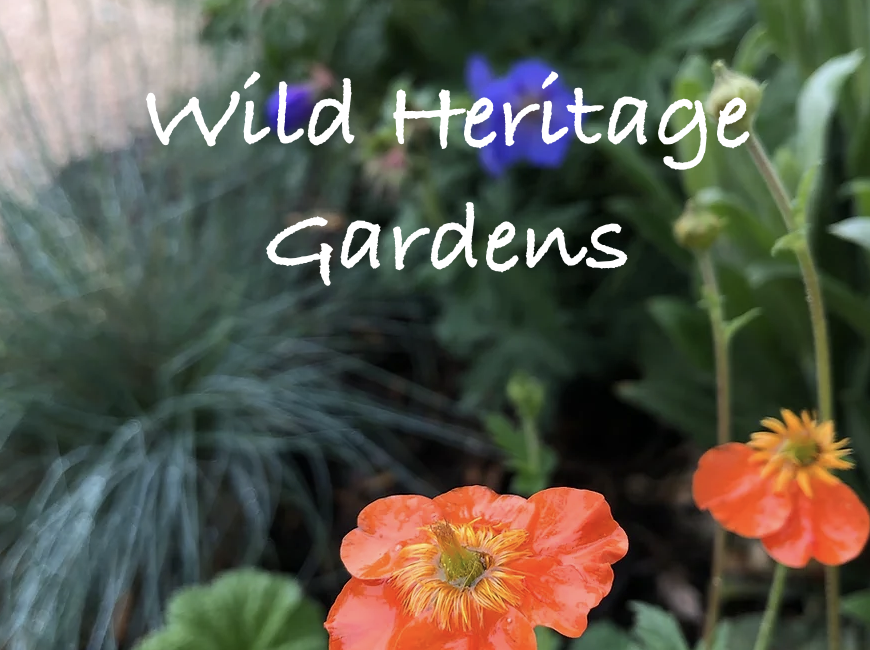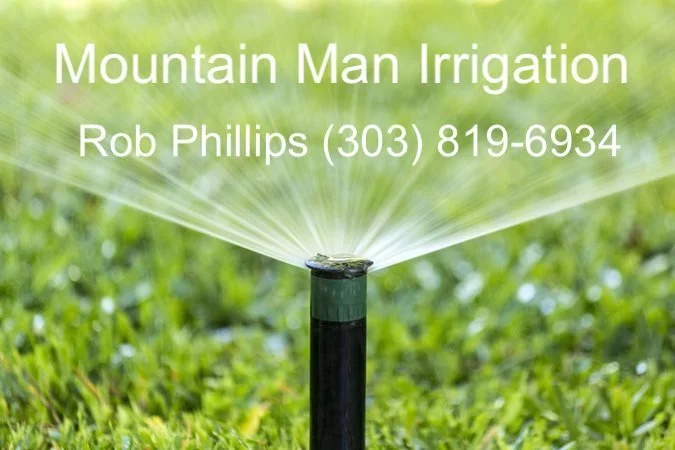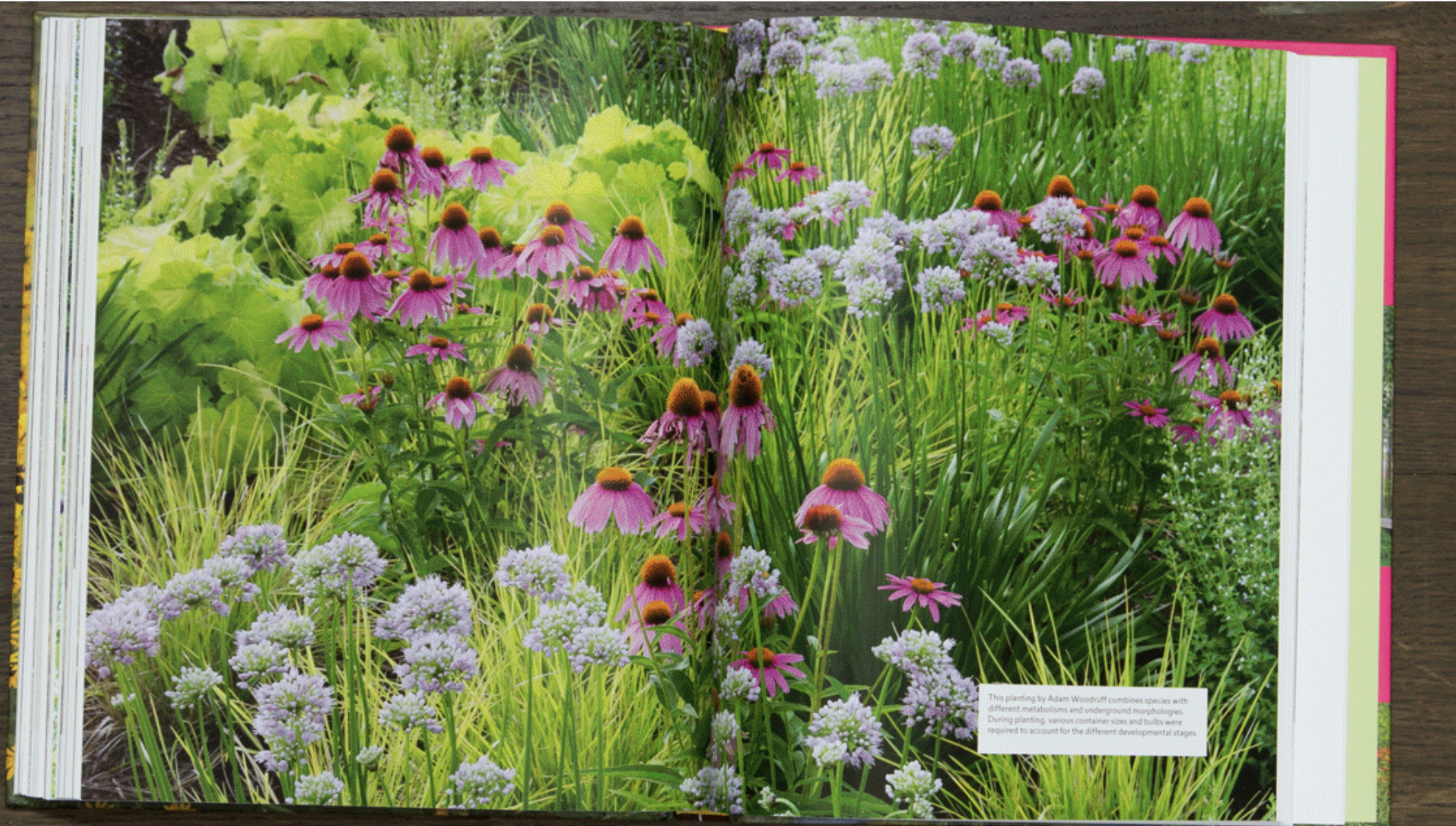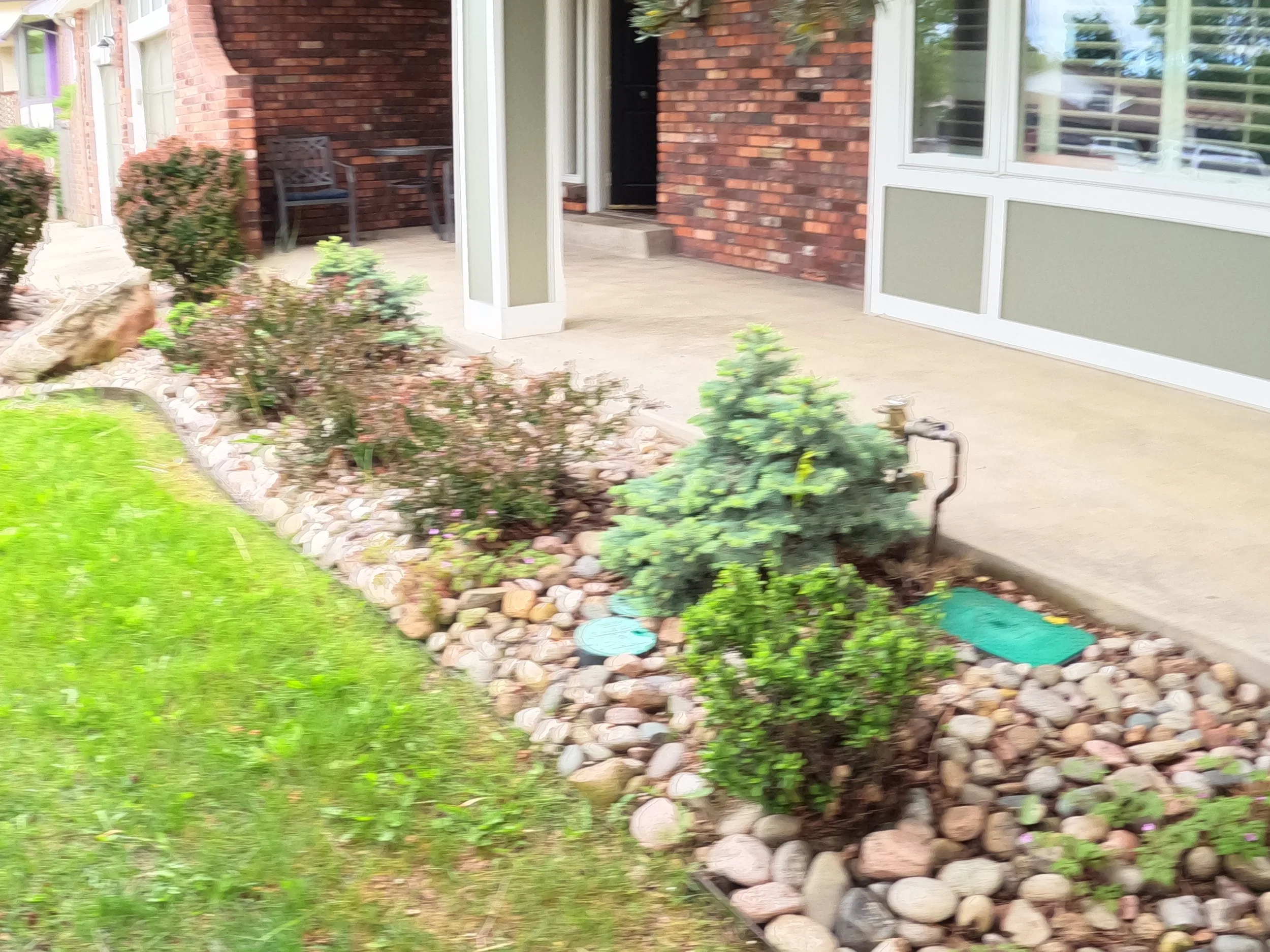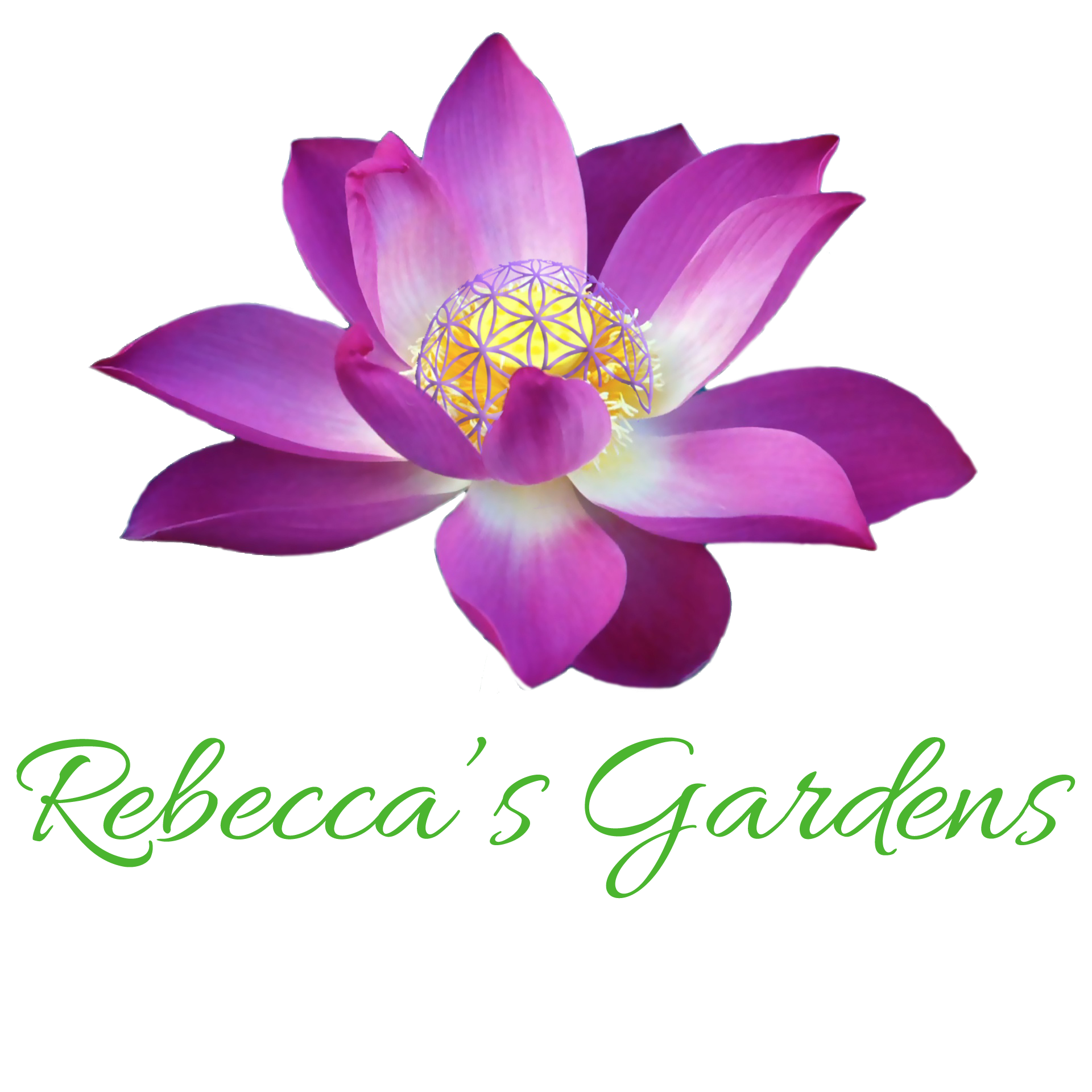5016 Forsythe Residence
Victoria + Tim Wyman’s Garden Design + Evolving Plans
INTRO + PROJECT PLANNING | GARDEN DESIGN | PLANT + MATERIALS SUMMARY | RECOMMENDATIONS | RESOURCES
Welcome To Your Project Page
QUICK OVERVIEW OF WHAT’S INCLUDED
WELCOME! Here’s what to expect of the planning process and how your Garden Plan works. Following your introductory meeting and initial payment, your project is now reserved in our schedule. Within a week of your initial meet, you are now receiving this direct link to your Project Page. This is where information will be made available throughout the evolution of the project and can be accessed easily in one place at any time for easy reference. You will find some initial information already uploaded, to be followed shortly with your design. We will let you know when to check your page for the design once we have uploaded it. Then we will schedule a chat by phone to walk through the page and the design together, and receive feedback. We will make the updates and check in again to make sure you have everything looking good. Then you will be ready to hand the design to your installation team. Easy.
Here are the basics of what you’ll find on this page (and more):
• OVERVIEW | PROJECT PLANNING This section in included to help give a sense of what’s involved from start to finish, how to plan in the correct sequence, and a basic understanding of what and who is typically involved for a project like this. You may also find suggestions for groundwork or prep to the yard that would be helpful to attend to or that would affect your plants or design before installation proper begins. We are helpfully equipping you with a basic run through that is just good to know, acknowledging that the direction and decisions are ultimately your choice.
• YOUR GARDEN PLAN = PLANT LIST + VISUAL DESIGN including a recommended plant list and a visual design for designated area/s. Your visual design will show the names of plants and where they go, referred to as the layout.
• RECOMMENDED PLANTS + MATERIALS This section is broken out in to two areas: Softscape (plants, soil, mulch, fertilizer, etc) and/or Hardscape (boulders, patio, walkway, wood, etc) materials that would be required or that would optionally fit the goals of the design and are offered for consideration. This is also where you will find specific details on any area of your yard in question, from fruit tree guilds to ‘what to do with’ a certain area, products to use, strategies, or anything helpful.
• ADDITIONAL PLANT RECOMMENDATIONS, should you wish to autonomously research and make adjustments or additions to the initial recommended plant list.
• RECOMMENDED GARDEN IRRIGATION We offer experienced quality recommendations to give a general sense of what might be needed or what would work best, but we are not a licensed irrigation technician so you will be required to give any recommendation to a licensed irrigation specialist or to your landscape installation team for actual review of viability and confirmation as we are not responsible for determining actual requirements or implementation; we leave it to them where it will be in good hands with their expertise.
• HELPFUL RESOURCES How-To videos, or video information / inspiration directly related to specific elements of your project, local plant and material vendors, trusted service suppliers, additional design references, and helpful references or exciting classes related to continuing garden learning and care.
• BEFORE + AFTER photo album. Pics of your current yard will be included, aka, the before. Once your project is installed, please send us some great pics (or invite us over to take a great pic) and we’ll upload it to showcase the beautiful transformation of your yard, aka, the after. If you like, let us know and we can give you a single image of your before/after to show friends or family.
Project Planning
BENEFITS OF PLANNING: You can visually walk through each area spatially, understand the needs of the microclimate or how it will be best used, as well as understand the sequences of what needs to happen in a certain order. From there, you’ll be able to schedule or budget any phases to the project and have a birds eye view of start to finish. You can look to see (or ask) where there are any requirements or missing pieces, double check your preferences or weigh potential risk factors that could save you from a costly mistake or simply know how long it takes to implement something. For example, it’s just as essential to think about your plants first even before hardscaping has begun, because often one informs the other.
Once you are ready to take action, a project typically starts with grading the land, then hardscape is defined or installed, the soil is amended, irrigation is laid, and finally plants, planting soil, and mulch are introduced.
MANAGING ROLES (+MAKING THINGS HAPPEN)
So who does what to make your garden come together?
PROJECT MANAGEMENT If you are making all the decisions and using various independent service specialists, then you are essentially playing this role. If you hire someone for this role, usually a General Contractor or a Project Manager will be assigned to act as the point person for everyone, essentially being the ‘glue’ that holds all the moving pieces of the project, budget goals, communications, and timeline together. If you work with a full service design and landscape company or partnership you will be assigned a project manager to be your point person.
TYPICAL INDEPENDENT CONTRACTORS (SPECIALISTS) INVOLVED ON A PROJECT
INDEPENDENT LANDSCAPE INSTALLER Each landscape company is unique, based on the combined skills of its team. Many are excellent stoneworkers, and can do irrigation on the side, yet have rudimentary understanding of plants or plant care, even if they offer basic maintenance and clean up. You can ask them what they specialize in and what they would refer to someone else. In terms of project management, a landscape team (installation) usually has a crew manager, responsible for the team’s deliverables. This person may or may not also inadvertently be willing to play a portion of the project management role, depending on the situation. They may also subcontract a part of what’s needed, say plumbing or machine work. Any team’s capacity is usually within the limits of their expertise, meaning they can’t foresee, advise, or plan integrations beyond what they have a current working knowledge of. It’s best to get second opinions to be sure you have all the necessary information and can take the best approach. If you would like a referral, please ask.
INDEPENDENT GARDEN SPECIALIST Since, for example, a landscape installation team may specialize in hardscaping, and may not include plant expertise, it is advantageous to invite an independent Garden Specialist or horticulturist to help address things like the right plant list for your microclimate, or to provide other helpful information about how various elements, including irrigation, may best work together to sustain your end goals. They can also highlight what maintenance might be required after the installation process is complete or recommend a specialist. Rebecca’s Gardens offers this expertise as part of your garden plan anyway so you save.
INDEPENDENT TREE SPECIALIST Trees are a world of their own and provide innumerable foundational benefits to the health and character of the land and everything on it. It is highly recommended to work with a tree specialist for specific issues, or maintaining their healthy throughout their life cycles and seasonal extremes. If you would like a referral, please ask.
INDEPENDENT IRRIGATION SPECIALIST Depending on the needs of your environment or the existing irrigation system, you can either rely on a landscape team’s ability to work with basic irrigation, or you may truly benefit from an irrigation specialist’s wisdom and experience to help you troubleshoot, recommend, or install the required system to sustain your planned environment. Plants form systems and it follows that the irrigation requirements will vary from trees to lawn to various garden plantings, to xeriscape. It’s helpful to have a specialist who can recommend what’s best for all needs, make it easy for you to manage, cost effective, and who can make plans that address future potential access too. If you would like a referral, please ask.
FULL SERVICE LANDSCAPE COMPANY WITH ALL ABOVE ROLES ON AN IN-HOUSE TEAM
AND THERE’S ALWAYS FULL SERVICE: If your project and budget would be best served by delegating these roles, then the most logical and more integrated option is to contract with a full-service landscape business. They can offer you a well-planned experience, starting with a project manager to be your point person and to interface with on all areas of your plan, schedule, budget, and design. They provide value through an integrated team of specialists that covers all the bases (hardscape, softscape, and irrigation) including helpful risk assessment, and a more seamless experience due to their in-house communication and timeline. With an initial investment up front, working with a full service team is designed to bring you the best experience and recommendations which translates to real savings throughout the project as well as in the long run. Rebecca’s Gardens offers a partnership with our industry leading building and landscape installation team, Outdoor Craftsmen. If this is the service you want, please join us for a seamless landscape design and installation experience! We welcome inquiries about our services for your budget and answer questions so you’ll have a clear sense of what’s possible. Ask us today.
Ok, now that you have an idea of the benefits and scope of planning — Let’s See Your Design!
Your Garden Design
2D PLANTING LAYOUT
PLANT NAMES + PLACEMENT
FRONT YARD
BACK YARD SOUTH
BACK YARD WEST
Your Plant List
TREES SHRUBS GRASSES PERENNIALS VINES GROUNDCOVERS
EXISTING | SUGGESTED | ADDITIONAL CHOICES
Maintenance Walkthrough
FRONT YARD
West Side
GOAL
Maintain a clean, colorful, welcoming front entrance.
PERENNIAL FLOWERS: These are xeric hardy blooms, so they should handle the extremes of Colorado well. That said, just give them a little extra water on the timer or by hand during extremely hot spells over summer. These can all be cut to ground in fall; they will rebloom next season.
GRASS: Either in early spring or over winter, cut down to the low mound in prep for new growth.
West Fence
GOAL
Propogate more groundcover if possible. Or add fresh mulch.
This area keeps itself well. There should be minimal weeding.
DRAGONS BLOOK SEDUM GROUNDCOVER: Named for its beautiful red color in fall, and the succulent leaf appearing scaly like a dragon. This is a popular xeric groundcover. See if you can propogate it — ttake little pieces from the patch that’s growing and plant little bits here and there to encourage it to spread.
East Side
GOAL
Eradicate, or at least keep the bindweed under control.
BINDWEED: This is an invasive cousin of the Morning Glory that uses other plants to twine around and spread. While it has beautiful flowers, it does not respect boundaries. It is hard to get rid of and there is no tried and true solution except to stay on top of the regular weeding. Pull out roots, cut with scissors, or steam out as works for you. It may help to hire an extra hand to stay on top of the weeding.
GRASSES: When grasses keep their shape, they can offer lovely winter interest. In spring, pull the dried stems out of the Blue Oat Grass to freshen it up. Cut the Karl forester grass down to its lower mound to prepare for spring growth.
CATMINT: Blooms through first frost. Cut to ground to keep clean over winter. It will regrow come spring.
Front Porch
GOAL
Make sure the shapes look good.
BARBERRIES: Barberries grow fast. Throughout the season you can keep them shaped so they stay smooth and neat, and a good size. Best times for larger trimming would be in early winter after the sap has slowed and growth is less.
DWARF CONICAL BLUE SPRUCE: No maintenance needed. These are a dwarf variety and should stay fairly small, like their root system.
GRASSES: No trimming needed. The grasses can be left for winter interest or cut back anytime before new spring growth. The grasses may or may not get enough sunlight to really grow thick and tall. If desired, these could be transplanted to the back yard where they would get more sun and a shade tolerant species would be introduced.
BACK YARD
South East Corner
GOAL
Remove the Blue Oat Grass that didn’t make it.
Replace with another Salvia — to continue the row of Salvia from under the window.
IRRIGATION
Check to make sure the drip line extends to feed that plant.
South Fence
GOAL
Give the area a clean up as needed throughout the season.
BRUNERA: Trim tall dried stalks after blooms are done in late spring to keep it looking clean. Enjoy the full leaves for the rest of the season. When leaves begin to droop and dry, decide when to cut back to ground for the season. Use existing mulch (or bring a bucket full for filling in) to cover the cuts and keep ground looking clean until next year’s regrowth.
NINEBARK: Not much to do here for a while. Let it grow! Maybe cut down some brunera within a 2’ circle to allow the roots to breathe. Use a balanced NPK fertilizer — such as a dry powder or a compost tea, and sprinkle or pour around the roots once in late spring.
VIRGINIA CREEPER VINE: Again, it’s just getting established, so let it grow up onto the fence. It will cover the fence and create a sound barrier and a lovely visual. Birds and squirrels will like the berries. You’ll like the red leaves in fall. Fertilize together with the Ninebark. Keep Brunera away from roots as best you can until it is more mature. Leave the vine as-is over winter— no need to cut back. New growth will continue from old growth to allow it to cover the fence.
GOAL
Brighten up the corner by keeping things looking tidy.
YEW: Give these evergreen bushes a haircut. Generally, 1x or 2x a season, in late Fall (Nov) or maybe also in early Spring.
DECORATIVE TREE: Trim minimal outliers on the decorative tree as needed. Maybe once a season. If/as needed.
GUIDANCE
Use the orange guideline as a general reference to the shape you’re going for. You are in charge of how much or how little to trim. Basically allow the tree in the center to breathe— not a ton, just a tad more. This means trimming off up to 6-8” of the sprawly new growth from the yew. The trimmed look you’re going for should be a more smooth and consistent kind of oval shape. The branches between the shrubs and the tree can still touch a bit, we just want to make the lines cleaner. Leave the lower tree branches to keep the visuals clean — meaning so that you don’t have to see the dark corner underneath. That should do it.
GOAL
Encourage it to fill in more fully in low light. Shape as needed.
CISTERNA PLUM: Let it grow slowly for now. Trim off outliers as needed. Add a balanced NPK fertilizer 1x in spring just as for the Ninebark etc. Just once a season is fine— since it is in the shade it will not be requiring more, and too much may actually stunt its ability to use the nutrients thus inhibiting desired growth. With a once-a-season application, this will encourage it to reach for the sun and fill in more, given its part shade conditions.
GOAL
Allow plants to grow together and/or keep them slightly spaced as you prefer.
LADY’S MANTLE: This shapely mounded plant with wide leaves has yellow flowers in spring. Shade loving, it brings lightness and beauty. Cut to ground in fall when leaves begin to droop and dry.
CORAL BELLS: A similar shapely mounded plant with tall thin flower stalks in spring of various colors. Leaves showcase a spectrum of hues from purples, to russets, greens, and even a bright lime green. Somewhat smaller than Lady’s Mantle, yet shade loving as well, these two work well together to add color variation and low coverage. Cut to ground in fall when leaves begin to droop and dry.
South West Corner
GOAL
Option to create a little space for a bird bath — for birds, squirrels, and pollinators that allows you to view them or take pictures.
Shape shrubs in spring and fall, or as needed. Pull invasive tall grass and cut weedy tree suckers.
RAINBOW CARPET SPIREA: Shape like a ‘globe’ by trimming off 3- 6” excess growth. Long shears make fast work of shrub shaping like this.
DWARF KOREAN LILAC: Same as above.
COMMON PURPLE LILAC: Trim dead branches in spring after new growth shows you where it’s putting its energy. Keep small twigs cleaned off of understory branches for a cleaner ‘tree’ look and feel. In FALL, trim or shape to suit. Do not trim in spring before blooming.
BLUE OAT GRASS: In spring or summer, pull the dried stems out (when they will let you) to keep them looking fresh.
HAWTHORNE TREE: Just Enjoy! If you need a tree specialist, just call one of our referrals below. They will be happy to answer more detailed Qs about trees.
GOAL
Pull invasive tall grass.
UPRIGHT SEDUM: This species blooms through fall. Its blooms stay looking nice even when dry. It can be cut to ground for winter and will re grow in spring.
MOCK STRAWBERRY: A wonderful groundcover with small red berries that are too tart to be palatable, so it’s best used for its aesthetic appeal. Maybe propogate it around the stepping stones.
GOAL
Keeping things shapely and weeds to a minimum.
PEONIES: These stunning large blooms are Spring favorites. Cut dried blooms down just below the leaves for a cleaner look over summer. Cut to ground in late fall.
DOGWOOD: Shape as need. Once a season in fall should be fine.
GOAL
Shape minimally in fall. Keep branches from breaking in heavy snows.
JUNIPERS: Give them a haircut as needed. Trim 2-3” off outlier tips once a season (best in late fall) to keep a nice shape like an upright flame.
In winter, shake off excess snow during snow fall to minimize risk of branches falling out of alignment due to the weight of the snow or breaking. Tie up errant branches loosely to main trunk (to allow for growth and movement) to keep training growth in desired upright shape.
GOAL
Let it grow + enjoy the novelty, it’s doing fine.
CHOCOLATE VINE: With a chocolate scent, this vine is a standout in the garden. We like the fence coverage and it is something truly unique that is well balanced in the garden. It does well in part shade and doesn’t need fertilizer. Though if you want to see it bloom, add some Phosphorus (the P in the middle of NPK) in June. If it gets enough sun, this plant may produce fruits that resemble eggplants. They are edible yet not very palatable. What a unique piece to be thriving in your garden!
No need to cut it back ever. If you need to trim a little, be gentle as it’s not taking over.
GOAL
Transplant the 2-3 mini red barberries as they prefer more sun than this location. Introduce: 1-2 weigela and 1 hydrangea.
WILD BELLFLOWER: This plant has beautiful purple flowers but does not respect garden boundaries. It is invasive and will take over your garden the way mint does. Pull it out regularly as it will come back and try to spread. Keep it under control to allow your garden to thrive.
MINI BARBERRIES: These little guys have struggled, so it’s time to give them a happy home. Choose somewhere else in the direct sun- like in between the Salvia under the back window perhaps. Dig them up and replant them in the new spot.
RECOMMENDED NEW PLANTINGS To fill in where these 2-3 plants were:
√ 1 Hydrangea - Any variety you like— such as Strawberry Vanilla, or Annabelle.
√ 1-2 Weigela - low, flowering shade tolerant shrub with pink blooms and purple leaves.
SEDUM: Keep it growing! Propogate it further west to continue to spread along the rock edge.
GOAL
Shape shrubs in spring and fall, or as needed. Pull invasive tall grass and cut weedy tree suckers.
LUPINE: Beautiful tall blooms in spring. Cut stalks after blooming— cut as far down the stalk as you can. Let the leaves remain as a nice garden fill until they dry up as well. Cut to ground. It will re bloom in spring.
IRISES: Spring blooms. After blooming, cut stalks at a 45* angle just where the leaves begin, to keep it looking neat.
SPIREA: See above.
BLUEBELLS: Dainty fairy-like flowers add whimsy and fun to the garden. NOTE: As delicate as it is, this plant is toxic to humans and pets. If you are concerned about your kids eating it, or a dog that you may allow over— please dig them up and offer them to someone who can use them. I’m always happy to rehome them for you if you need.
West Fence
GOAL
Keep mint under control. Shape shrubs in spring and fall, or as needed. Pull invasive tall grass and cut weedy tree suckers.
MINT: A welcome edible flavor for your teas and cooking. Just keep digging a portion of it up to keep the patch a manageable size. It’s good to have, but it takes regular boundary setting.
Watch How To Keep Mint In Check
YouTube video short on how to keep mint in check.
RED BARBERRY: This one likes to grow big. Keep it shaped and if needed, every other year or so you can cut it back by a foot or more to keep it a manageable size.
GOAL
Keeping things shapely and weeds to a minimum.
SPIREA: Shape like a ‘globe’ by trimming off 3- 6” excess growth. Long shears make fast work of shrub shaping like this.
OTHER SHRUBS: Shape as you see fit. Once a season in fall is fine. Or as needed.
DOGWOOD: Same as above.
MAHONIA (On the front side of the fence): Tall evergreen shrub with glossy leaves, yellow flowers and blue persistent berries. This shrub likes to keep growing tall. So it’s best to keep it trimmed once a year at least in fall. It’s nice to have that ‘green screen’ privacy from the neighbors and it likes the location so just keep it looking tamed. Wear thick clothes and gloves so you don’t get poked by its sharp leaves.
Tools of Trade
Vendors: If you enjoy supporting local business, you can find all these in the tool isle at McGuckins, the local hardware and ‘everything store’. You can also find them individually at various garden centers or online.
STORAGE
Store your tools rust-free by using dry soil or sand in a bucket. This will wick away excess moisture and ensure longevity. Keep in mind that you should replace the medium in which you store your tools once in a while as over time it may soak up too much moisture to dry out or may simply become less clean or efficient.
SHARPENING
Over time your tools will benefit from re-sharpening. You may not need to replace your tools when they don’t cut as easily— you can simply have them sharpened! Drop off your tools at McGuckin’s — they have a tool desk in the back where you can dimply drop them off and allow a week for them to sharpen your tools before you pick them up again. Or, if you enjoy a bit of DIY, invest in a whet-stone or related metal stick with which you should be able to easily sharpen tools or anything else yourself.
OUR TOP 5 MUST HAVES
These are the tried and true tools that help us do our best work the garden.
You are welcome to try them out too. It’s empowering to see how easy a project can be with the right tools! Find which work best for you:
√ Bucket(s) — A colorful flexible rubber bucket with handles is a gardener’s best friend. Carries everything from water, tools, weeds, soil, plants, you name it. We use one for tools and several others for multiple uses. Diff sizes. Easy to clean.
√ Hori Hori — This is a Japanese hand tool that is a jack of all trades, from weed removal to the serrated edge that can cut roots, or open bags. We like the dulled-down version as it is just as useful without the risks inherent with a sharp edge.
√ Hand Clippers — Ideal for most everything, from trimming to shaping smaller things. Use on branches or stems thinner than 1/2”.
√ Long Shears — Ideal for shaping shrubs and grasses that need an all over trim. Makes fast work with fewer cuts needed than the hand clippers. Great for giving ‘haircuts’ or shaping things into a globe or just giving a cleaner line.
√ Branch Trimmers — Ideal for trimming branches, woody stems, or hard to cut roots. Use on branches up to approx 2” diameter. Use a hand or electric hacksaw for anything larger or thicker.
Materials Summary
USEFUL MATERIALS FOR PLANTING + MAINTAINING YOUR GARDENS
SOFTSCAPE
Softscape refers to PLANTS, SOIL + MULCH — Basically any of the living organic matter or plants that make up the landscape, that are not the structural rock or hard materials used.
SOIL AMENDING
The health of your plants is first and foremost about the health of your soil.
Before adding plantings or groundcover, it is highly recommend to:
1) Aerate the existing soil using a pitchfork or similar garden tool. If possible, do not till up the soil entirely in order to retain existing beneficial micorrhizae.
What Are Micorrhizae + Why Do I Care? Click the link to learn more.
2) Add a layer of clay-busting amendment such as Soil Pep (available at McGuckins) if needed.
3) Add a layer of soft organic compost suitable for outdoor horticultural garden use (add a layer to the top of the exposed soil).
4) Optionally add 1/8th volcanic rock or perlite (to lighten soil structure and increase moisture retention)
5) Slow water. Let the amendments soak down with slow watering (to avoid fast runoff) before planting.
6) Now your soil is ready to be planted. By nurturing the soil before planting, you increase the success rate of your introduction, robustness, and longevity of your new plants, as well as contribute to a healthier ecosystem.
PLANTING
Here are our recommended planting soil blends, available at local suppliers such as McGuckins:
• The Bomb — Paonia Soil Co
• Sheep ‘n Peat — Earth Essentials
• Ocean Forest — Fox Farm
HARDY GROUND COVER AS FILL OR LAWN ALTERNATIVES
Another native option for reducing mulch, is to use living ground cover. Here is a robust list of species-select ground covers to choose from that will work in your garden design. In addition to your recommended plants in the design, you can always use this list to try adding a new variety or two to your garden at any time.
Steppable Flowering Groundcovers 2-6” H
→ Mediterranean creeping thyme (Thymus longicaulis)
→ Elfin creeping thyme, multiple species and varieties of Thymus praecox and Thymus serpyllum
→ Wooly thyme (Thymus praecox subs. britannicus)
→ Veronica, creeping, aka speedwell (Veronica filiformis)
Delicate Flowering Groundcovers
1-5” H
→ Adjuga (6”) full to part shade
→ Alpine “Mock” Strawberry (Fragaria vesca)
→ Creeping Jenny (Lysimachia nummularia)
→ Clover (Microclover, Red clover, Crimson clover, White Dutch clover) lifespan 3-5 yrs, requires reseeding
1-5” H cont…
→ English Daisies (Bellis perennis)
→ Lamium (4”) full to part shade
→ Plumbago (6-8”h) sun or shade
→ Redwood Sorrel (Oxalis oregana)
→ Sedum, dragonsblood (Sedum Spurium)
→ Sweet Woodruff (6”h) full to part shade
Delicate Flowering Groundcovers
6-10” H
→ Bugleweed (Ajuga reptans)
→ Lamb’s ear (Stachys byzantina)
→ Phlox, creeping (Phlox stolonifera)
→ Prairie Smoke (Geum Triflorum)
→ Rockcress (Arabis) *wide spread
→Wild Ginger (Asarum canadense)
→ Wintergreen (Gaultheria procumbens)
Thyme + Veronica
Clover
Creeping Jenny
viewable up on 4th + hawthorn
False Strawberry
MULCHES
SOIL PEP — We highly recommend Soil Pep as a top dressing to any horticultural garden in Colorado. This light flaky bark chip mulch can be used underneath heavier top mulches such as ‘gorilla hair’.
Soil Pep is both a mulch and a soil conditioner, meaning it has double value. As water softens, it breaks down and mixes into the existing soil, adding nutrients and helping to bust up existing clay pockets or hardened slightly compacted soil structure. It also is a nice visual top dressing to create an even feel. Keep in mind though, that it is so light weight that the wind will take it if not kept moist. Only for use in horticultural beds, not vegetable.
NATURAL WOOD BARK
GORILLA HAIR — Our most recommended type of mulch for the front range is called Gorilla Hair. The gorilla hair mulch allows water through to the roots of surrounding plants and flowers without letting it evaporate too quickly. It is useful in zones with fluctuating temperatures and seasonal extremes for it warms roots in winter and keeps the ground cooler in summer. Because the soil is kept from being exposed, it is assisted in maintaining a healthier structure and moisture level, supporting natural processes beneficial for healthy plant roots. Additionally, the fibers weave together forming a natural mat, preventing wind stripping, when used in sufficient quantity for it to work properly. This mulch typically requires a percent of the total volume to be replaced every other year or so.
TIP: To keep it looking fresh, simply turn or ‘fluff’ the mulch from time to time, or once in the spring.
Recommended For Your Garden Areas as designated:
• Redwood gorilla hair mulch at least 3” deep for any designated garden areas. Volume will typically settle down with weather, snow, and water.
HARDSCAPE
Hardscape refers to THE GRADE OF THE LAND, STONE, + STRUCTURE — Hardscape refers to any hard foundational element that defines your landscape, such as decorative boulders, concrete, or other materials used in walkways, patios, or drives, as well as building materials that define a growing or planting area or around which to work, such as buildings, walls, or other built features.
We recommend the following materials, should you choose to use them in your garden for any feature.
GARDEN EDGING
You have existing garden edging to create space between the rough rock edging and the lawn. If you decide to evolve the garden in any way that would require additional edging, this is the type we used, and it is the highest quality for longevity and safety.
For example, if you make an aesthetic choice to use Cobblestones in a portion of the garden area, Garden Edging is typically quite helpful when delineating different materials making the design appear fluid and clean, as well as creating safety by retaining materials within a designated area.
Recommended: Brown Roll-top steel edging
Vendor: CPS (colorado pipe and supply) in their Arvada location
It's wholesale, but your landscaper will likely have an account there
NATURAL WEEDING OPTIONS
Click the links to read more or find out DIY tips
• Best Applications for Vinegar
STEPPING STONES
Our first stone of choice is anything natural and local. It can withstand the weather better and looks great. Here are natural stone choices avail at Colorado Materials, including slate and Autumn Mist (buff) flagstone. Since you already have natural red flagstone, we would recommend staying with that color to create continuity should you choose to add more step stones in any given area. You can view what’s available at the local material yard. The cost ranges depending on the stone and where it's sourced, etc. Natural red flagstone is on the less expensive side of the natural stone spectrum because it is sourced here.
CONCRETE PAVERS
Your alternative choice would be concrete pavers. These 2x2 ft square concrete walkway pavers might do the trick. For example, you could push two or three up against one another for a more rectangular look, or you could spread each square equidistant from one another for more of a patio look. Of note: Concrete at high altitudes is well known to crack more easily due to the extreme temp changes and snow-melts over time. That said, using small pavers may not be an issue.
GARDEN ROCK
Should you choose to add an accent to any part of the garden, we like the look of cobble. Cobble is a type of smoothed river rock that comes in a variety of sizes. The style I envision would work best for your garden design is sold locally by the title of “Grey Rose” in 8-12” or similar. The actual stone sizes in the mix vary from around 4”—15”, but the average stone size is “palm sized”. It has an overall even look, comprised of a range of medium to light tones. For accent areas, you may also consider Mexican River Stones, which are darker in color, smoothly rounded, and of roughly equal size, providing an even continuity and a subtle tone contrast for your garden area. The value is slightly higher than river cobble.
Recommended: Cobble 8-12” “Grey Rose” or similar for any designated rocked garden areas. This style is the most natural with a some color variation.
Vendor: Colorado Materials, Longmont
WEED BARRIER FABRIC
The use of weed barrier is a choice. It’s helpful to prevent weeding in smaller horticultural garden areas such as yours. It is believed that if you don’t use it, you are saving the health of the soil over time. However, at the same time you need a robust weed management program. So, it's something we still recommend in small areas and in certain cases.
If you do want to use weed mat, this (left) is what you're looking for, ideally, (not the grey stuff, which is a lighter weight and weeds can push through more easily).
Benefits of weed barrier: It does allow air, water, and nutrients to pass through, just not weeds. It's great for xeriscape, and under rocked areas. It is designed to last 5-10yrs, if not exposed to the elements. It is suitable for small areas like this.
Recommended: Black woven weed barrier fabric, heavy grade
Vendor: CPS (colorado pipe and supply) in either their Longmont or Boulder location
It's wholesale, but your landscaper will likely have an account there
Additional Recommended Products + Local Vendors
CLICK HERE to view our short list of recommended natural products and local vendors
for horticultural and vegetable gardens.
Irrigation
When introducing new plants into your garden:
Do my xeric and low water plants need irrigation?
Yes, all newly introduced plants need automated irrigation. This is because they are grown in a nursery and have developed in response to a regular watering system with soft nutrient rich soil in a regulated environment. To become adapted to a new environment they will need time. Start by matching the care they are used to by using regular automated drip, this will help their roots become strong as they become exposed to the new soil conditions and extremes of the environment, then slowly adjust the watering time toward your goals. Doing so in stages over several months or a full season will provide the best curve for successful adaptation with minimal plant loss.
Basic System Requirements:
• Identify a free valve on your manifold + dedicate it as a drip zone
OR Transform your lawn irrigation zone into drip by capping the heads
• You can adjust the drip zone run time/days on the timer/clock
• You can also plan for (or adjust) water flow needs to specific plants using the drip emitters that will be set to drip at each plant root.
• Make sure the main drip line snakes through the entire yard (to the areas where plantings will be) and around the Maple tree (at the drip line).
• Installation of drip through mulch or rocked areas should visibly hide (not bury) the line just out of sight, and above the weight of excess material.
Recommended: Check with an irrigation specialist that knows plants and plant needs for the most efficient solutions. Your landscaper can always do the labor if you prefer. Best to know what’s ideal first and prevent losing plants or a costly future re-do.
Try Adding One or Two of These Along Your Rock Borders
Achillea argentea
Androsace lanuginosa
Armeria maritima (thrift)
Kniphofia 'Dwarf Yellow'
Pulsatilla vulgaris x
Pulsatilla patens 'Eastern pasque flower'
Helianthemum 'Wisley Pink'
Helianthemum nummularium 'Single Yellow'
Rhodohypoxis milloides
Geranium renardii
Helianthemum 'Belgravia Rose'
Papaver species
Potentilla fruticosa (Shrubby Cinquefoil)
Thymus 'Pink Chintz'
Iris Pacific Coast
Dianthus cruentus 'Blood Carnation'
Geranium x antipodeum 'Pink Spice'
Scutellaria indica japonica alba
Astrantia major var. Buckland
Azorella trifurcata
Scleranthus biflorus
Celisia pugioniformisPotentilla recta warrenii
More Plant Ideas For Adding To Your Gardens
KNOW HOW FOR YOUR GARDEN
WE RECOMMEND THE FOLLOWING CHANNELS AS YOU LEARN THE ART(S) OF
GROW LOW WATER FULL SUN PERENNIALS
7 PRINCIPLES OF THE XERISCAPE SYSTEM
HOW TO HANDLE MINT IN THE GARDEN
GROUND COVERS THAT PERFORM
HOW TO DIVIDE + TAKE CUTTINGS FROM SEDUM
HYDRANGEA CARE 101
Recommended Local Growers + Vendors
Thank you for your commitment to sourcing only organically grown plant species, soil, or other products, to stay consistent with the larger-picture holistic values of RG designs. The following non-comprehensive list of local growers and vendors is fairly safe in regard to being organic and non GMO but be sure to ask:
Local Service Specialists
LOCAL INSTALLATION + MAINTENANCE
Here are some local referrals for garden installation, maintenance, and additional design, as well as related services such as irrigation and tree care. We have not worked directly with any of the garden providers listed here, but they seem well suited. We have had good experience with the related service specialists.
To access their direct website links, click on the picture or text. Please inquire with each directly.
Natural Home Garden Design + Planning Resources
Learn Directly From Other Distinguished Garden Designers + Architects Who Champion A Naturalistic Approach
Click on the pictures to visit each designer’s website for abundant information, bios, talks, available books and more
Your Photo Album
BEFORE
AFTER … TBD
We’re so excited for your gardening journey this season! May your plants and hearts grow in abundance, wisdom, and joy. May you learn from mistakes and celebrate your adventures. Life is a journey… who we become while achieving our goals is the real treasure. And of course, you know where to reach me if you have any ideas, questions, or could use a spot of inspiration along the way. Enjoy your garden refresh this season!
~ Rebecca & Team







